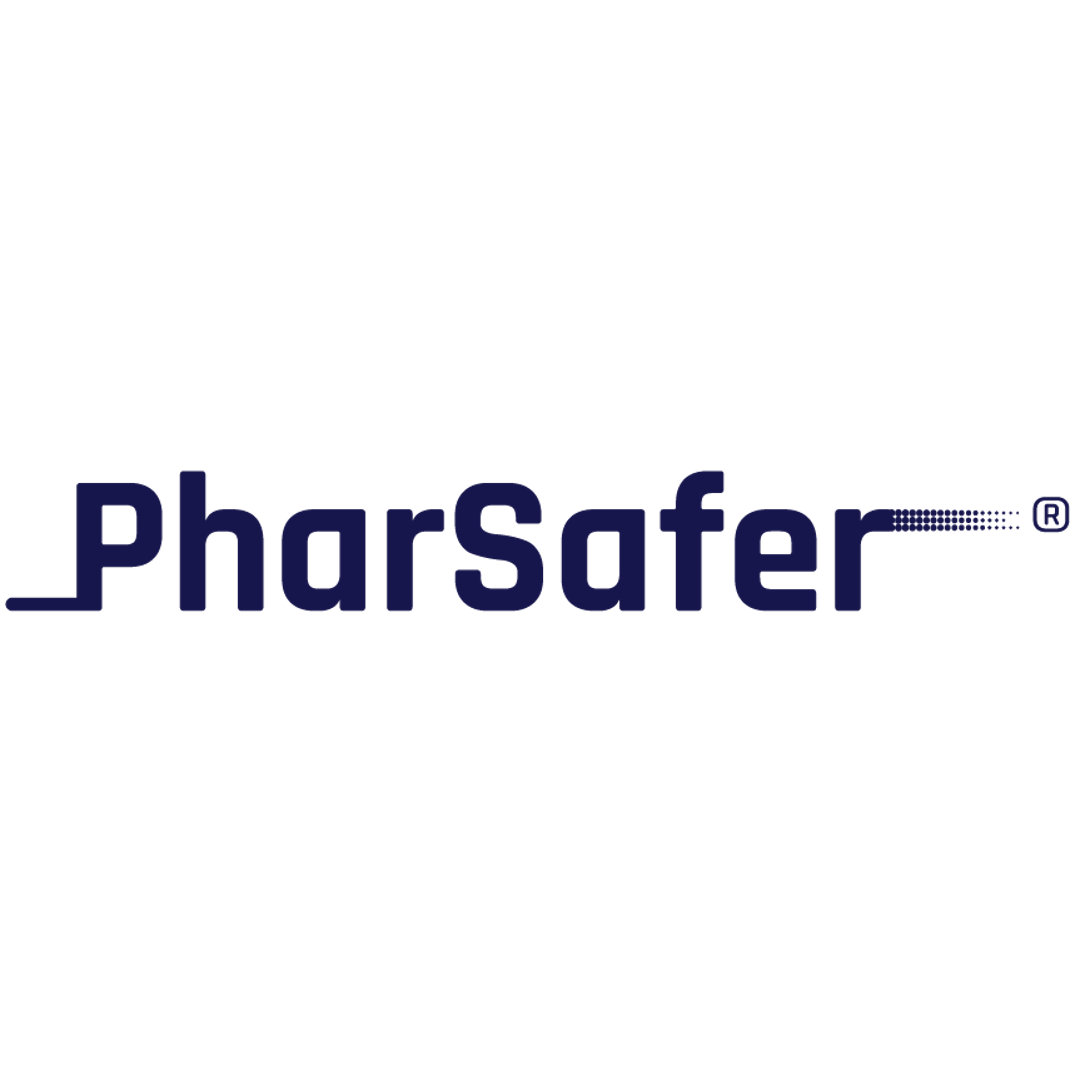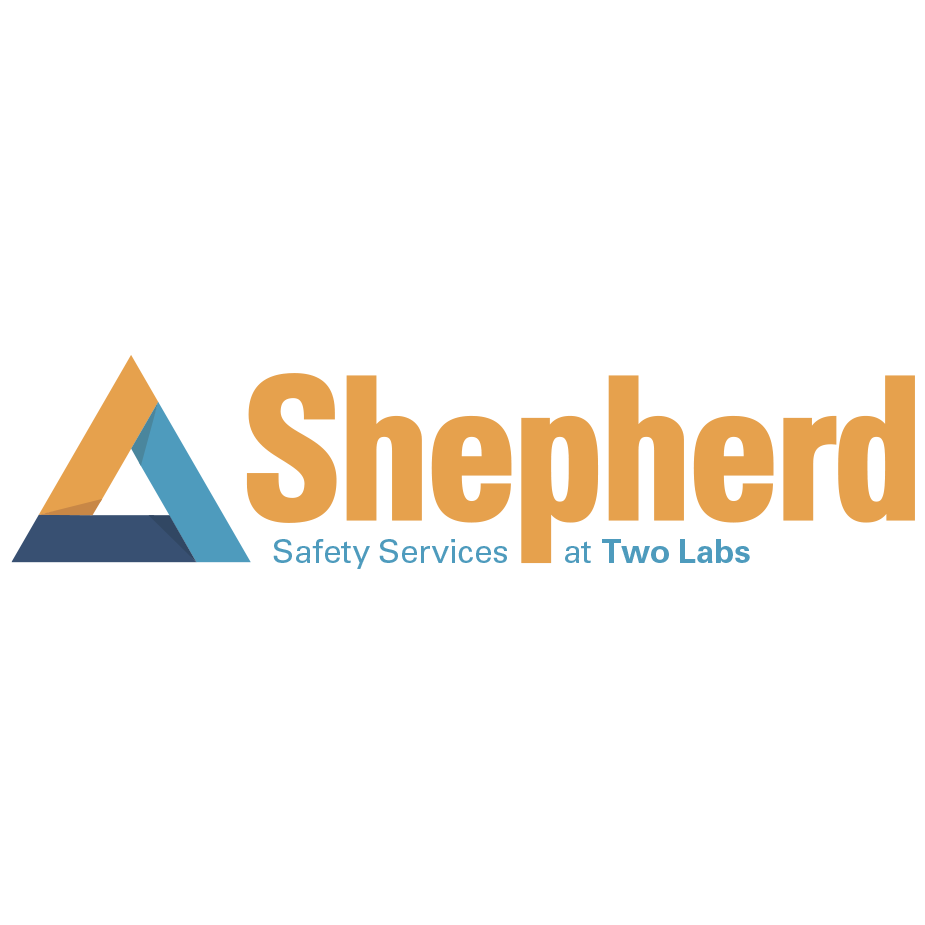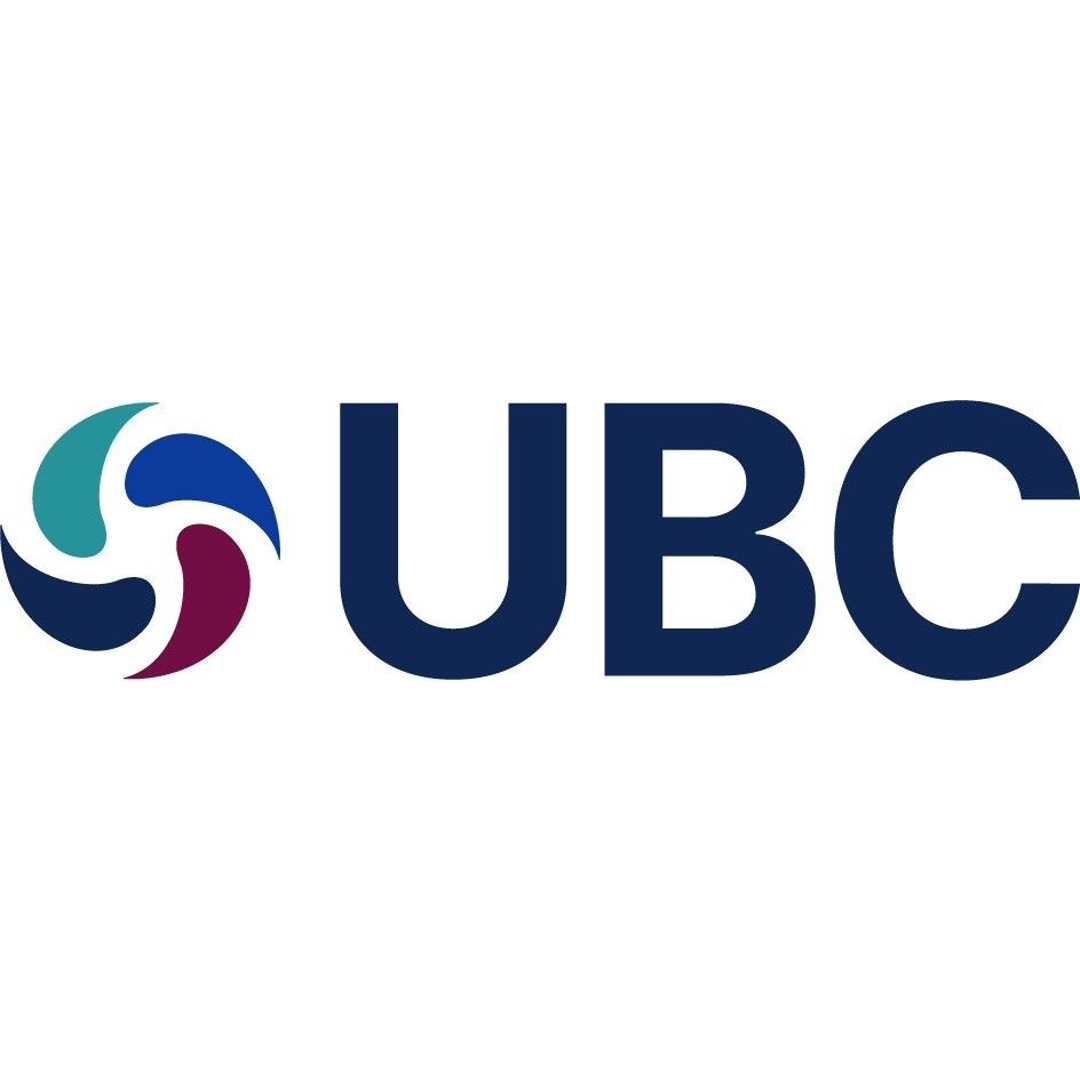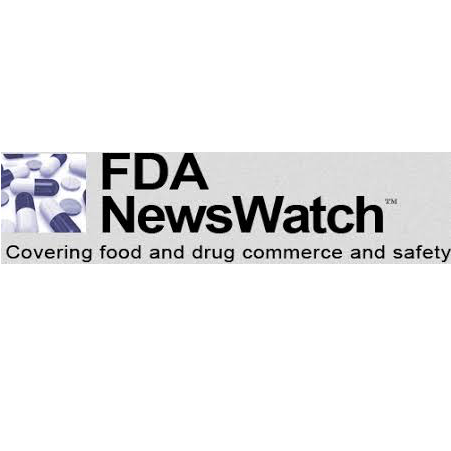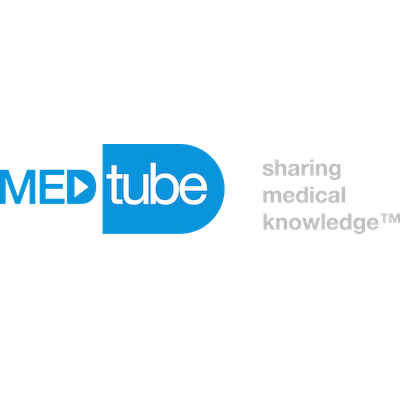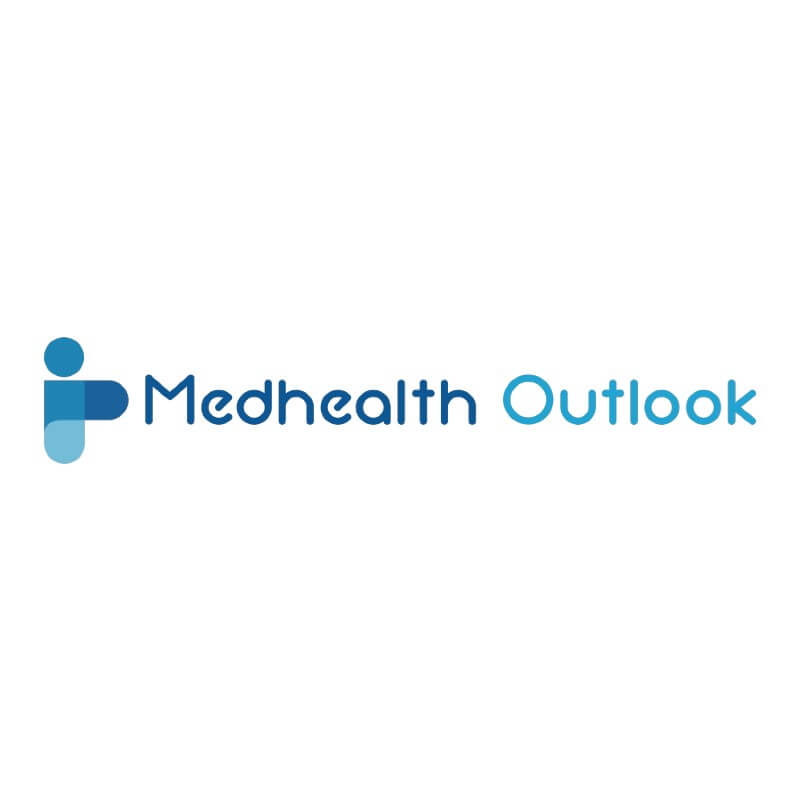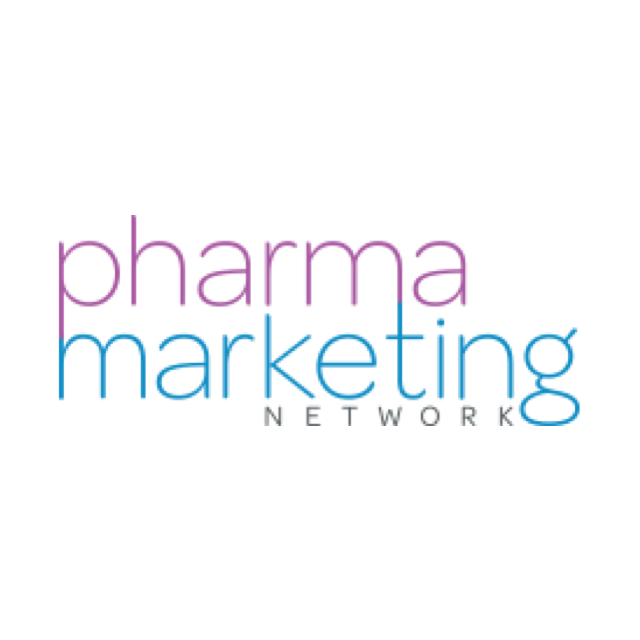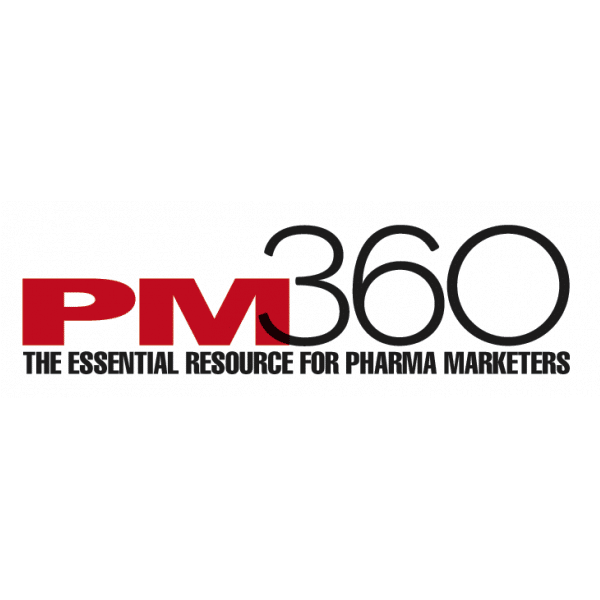DGE proudly presents its 4th Aligning Drug Safety Functions & REMS Summit, taking place on August 29-30, 2023, at The Inn at Penn in Philadelphia, PA. Learn and network with industry experts at the only industry event that aligns drug safety, pharmacovigilance, and risk management teams! No other conference provides as much detail and comprehensive insights into communication strategies among safety teams, prioritizing patient safety, and preparing for PV and REMS inspections. You’ll walk away armed and ready to effectively strengthen and amplify patient feedback within REMS programs!
Gather all the tools you need to develop and implement a robust global risk management plan. Explore the critical intersection of REMS and PV in shared REMS systems. Discover the power of AI to optimize REMS implementation, improve signal management and detection, and fortify compliance and quality in post-approval studies – delve into the cutting-edge realm of patient-centricity for benefit-risk assessment, and their implications for the future of healthcare.
Be sure to join us to forge a safer and more patient-centric future at the most trusted drug safety event!
Pharmaceutical, biotech, and medical device professionals with responsibilities in the following areas:
-
REMS
-
Risk Management
- Drug Safety / Product Safety
- Pharmacovigilance
- Safety Surveillance
- Patient Safety
- Adverse Events / Reporting
- Toxicology
- Clinical Risk Management
- Legal / Compliance
- Patient Access
- Life Cycle Management
- Risk Management
- Benefit Risk Management
- Epidemiology
- Pharmacoepidemiology
- Global PV
- Medical Safety Assessment
- Medical Affairs
- Clinical Operation
- Market Access
- Regulatory Affairs
- Inspection / Audit
- Post-Market Studies
- Drug Research and Development
- Clinical Pharmacology
- Medical information
- Health Outcomes
- Medical Direction
- Quality Assurance
- Clinical Affairs
- Clinical Data Management
Connect with industry leaders, expand your network, and enjoy exclusive access to premium updates. Discover new opportunities in an easy, limited-seating environment. Elevate your experience with us!
Connect with your target network. Connect with professionals and amplify your connections.
Hit your networking target. Connect with the right professionals to amplify your event connections
Discover networking spaces to interact, engage, and build valuable connections
All approved presentations will be made available exclusively to our valued attendees after the event. *Conditions may apply.
Engage for two days. Immerse yourself in a dynamic conference experience, unlocking opportunities
Maximize your brand's impact and visibility by becoming a valued sponsor. Shape the future of life sciences, connect with other industry leaders, and showcase your commitment to innovation. Elevate your presence - sponsor this conference and be at the forefront of advancements in science and technology.
Influence conference content and conversation! Submit your question below.
Maximize your brand's impact and visibility by becoming a valued sponsor. Shape the future of life sciences, connect with other industry leaders, and showcase your commitment to innovation. Elevate your presence - sponsor this conference and be at the forefront of advancements in science and technology.
Stay up to date on the latest announcements

